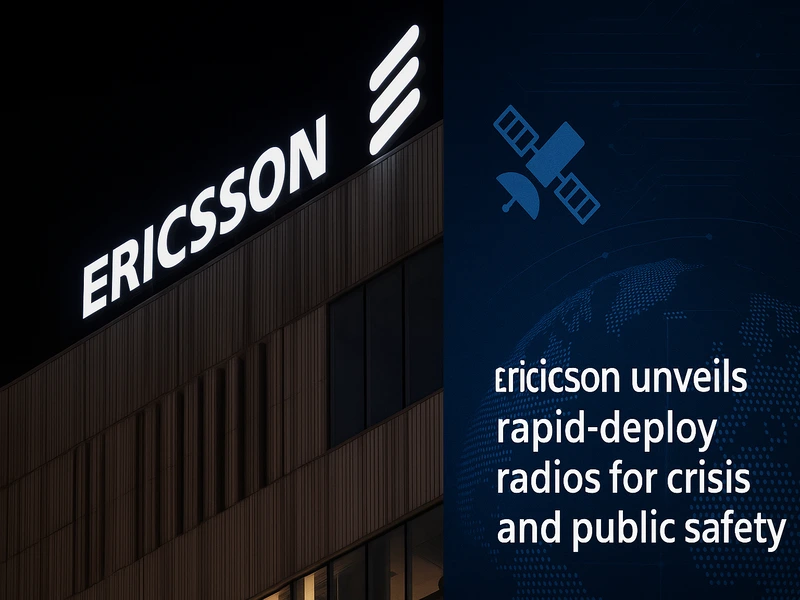- Ericsson releases two radio units designed for fast deployment in public safety and disaster zones.
- The equipment aims to support communication in critical situations, with minimal installation and energy needs.
What happened: Ericsson introduces high-power radios for crisis scenarios
Ericsson has introduced two new radio units that are built for use in disaster response and public safety operations. The company launched the Radio 6626 HP and Triple Band Radio 4466 to offer high-output, low-footprint communication tools suitable for emergency environments. According to Ericsson, these radios support wide-area coverage while reducing energy use and transport weight.
Radio 6626 HP delivers high-power output across six sectors using one box, while Triple Band Radio 4466 combines three frequency bands in one unit. These features help speed up site deployment and reduce installation complexity, particularly in unstable or remote areas. Ericsson states that both radios are fully integrated with its RAN Compute platform and support its Cloud RAN architecture. The announcement was made during NATO’s TIDE Sprint 2024, underlining the alignment with security sector priorities.
Also read: AT&T tests AI-generated Open RAN application on Ericsson platform
Also read: Ericsson offers 5G core as a service through Google Cloud
Why it’s important
Emergency and disaster zones often suffer from poor or destroyed communication networks. Ericsson’s compact and high-power radios can fill critical gaps in these settings. By reducing hardware volume and simplifying deployment, emergency crews may restore communication faster. This could improve disaster coordination and save time when responding to crises.
This release fits into a broader pattern. Telecom companies like Nokia and Huawei have also worked on ruggedised, low-latency infrastructure to support military and disaster use. What makes Ericsson’s offering notable is its integration with cloud-native RAN, which may allow flexible deployment across multiple environments. Given rising global concerns about natural disasters and geopolitical instability, this kind of infrastructure has growing relevance. As GSMA notes, resilient mobile networks are key to maintaining emergency communications. The lightweight design could also reduce logistics costs in supply-limited operations, helping agencies work faster and safer.

